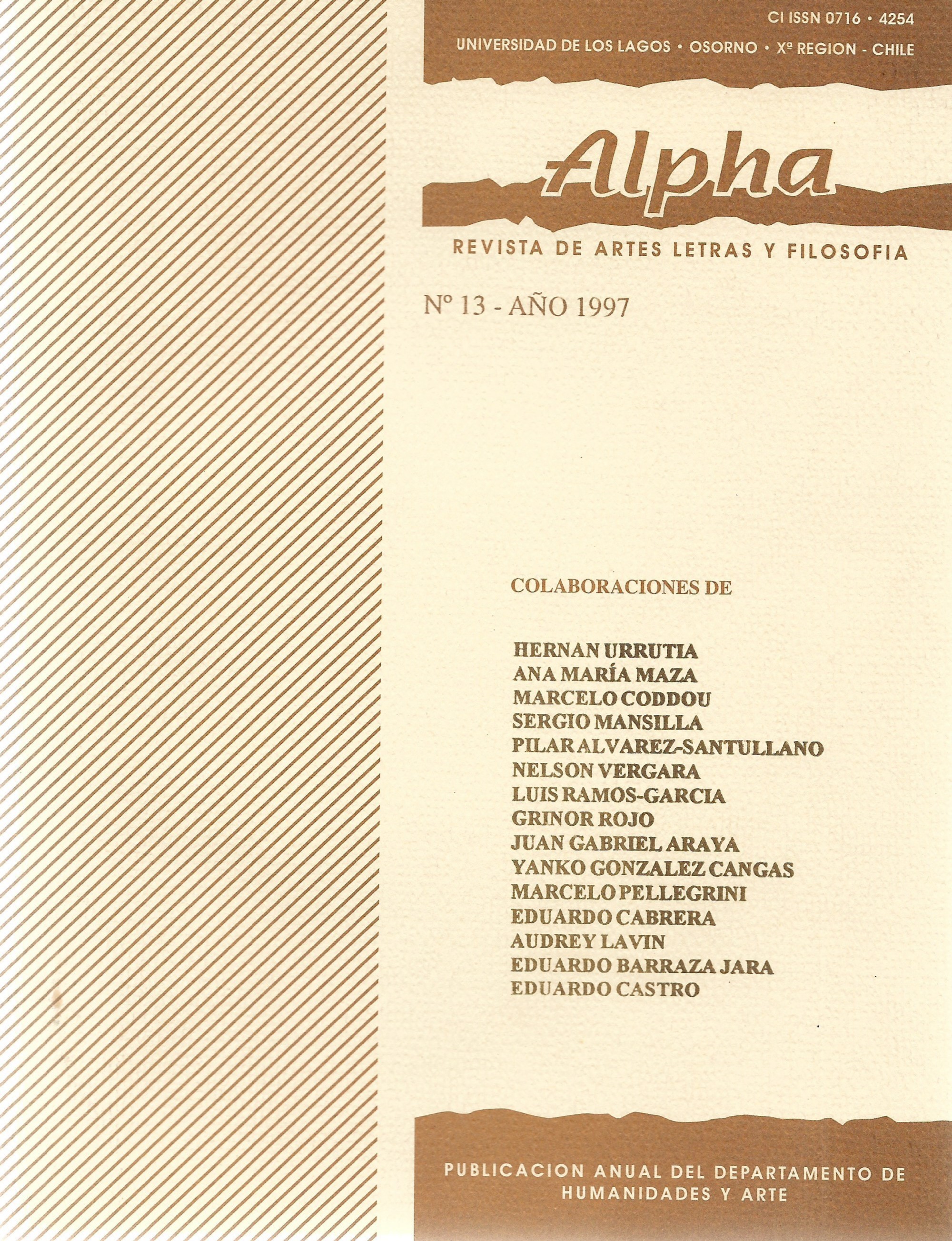Rock-and-Roll in Peruvian Shantytowns: Cultural Identity, Hybridity, and Transculturation
Main Article Content
Abstract
I aim to address certain socio-artistic inquiries and meanings, particularly in terms of the relationship between rock as a symbol of resistance and the countercultural subculture proposed since the early 1980s by marginalized urban groups in Peru such as Los del Pueblo and Los mojarras. While it is always challenging to speculate on the transformation and new guidelines in the cultural matrices of hegemony, the argument that emerges as legitimate aims to highlight the appearance of mimetic exhaustion experienced by bourgeois musical groups, avid consumers of Anglo-Saxon cultural paradigms. On the other hand, the culture of the dispossessed—where the marginal and the instinctive have always been fertile and alternative ground to the utopias of modernity—is now presented to us as a destabilizing system where the adoption of ideological and resistance strategies has made possible the appropriation and (de)construction of cultural artifacts that were assumed to be beyond their capacity for absorption and aesthetic-musical interpretation (excerpt from the article).
Article Details
Downloads

This work is licensed under a Creative Commons Attribution-NonCommercial 4.0 International License.
